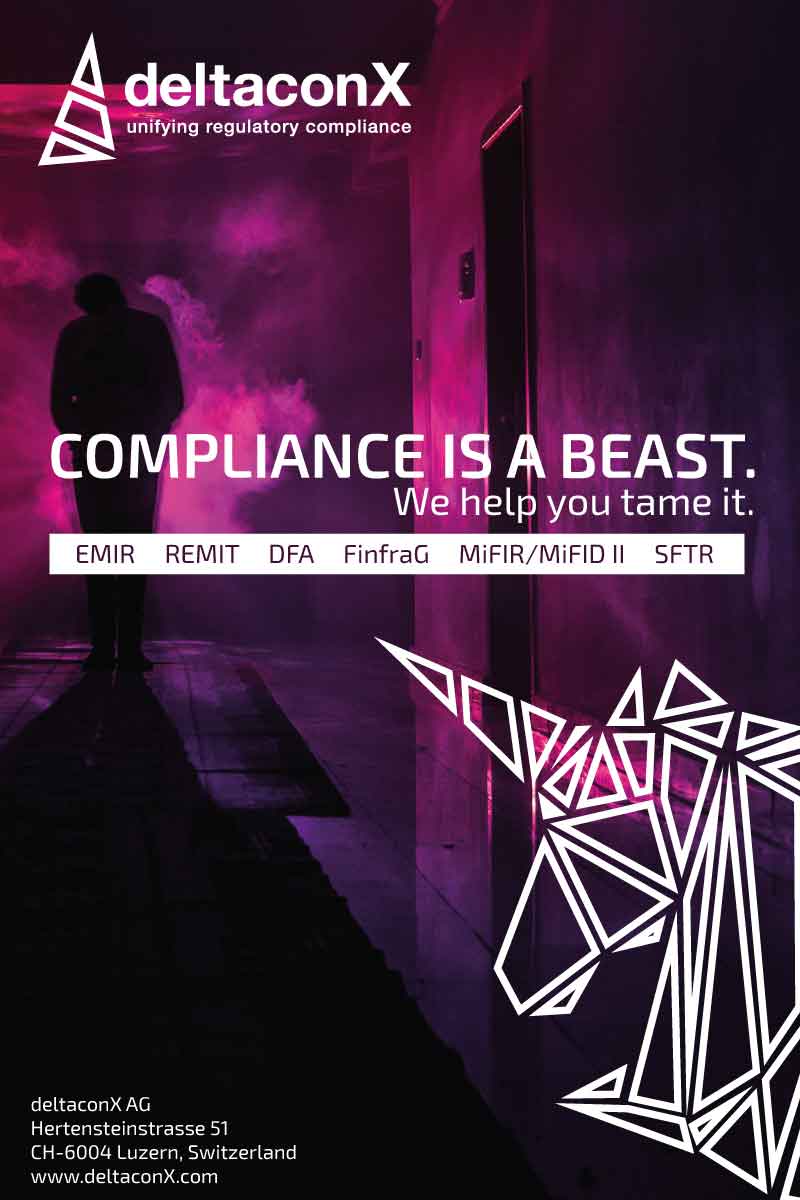DAF: the challenges in asset and token identification
16 April 2024 UK
 Image: Jack McRae
Image: Jack McRae
The key challenge facing asset and token identification across digital assets lies in improving transparency, according to panellists at Monday’s Digital Asset Forum, hosted by European Blockchain Convention.
A partnership between the Association of National Numbering Agencies (ANNA) and the Digital Token Identifier (DTI) Foundation has led the charge in asset and token identification in the industry, including the phased introduction of new ISINs to identify crypto assets.
Rowan Varrall, associate director for DTI Foundation, explained the collaboration. He said: “What we're doing with ANNA is [building] a standardised way to capture both security and token information with ISINs and DTIs, in a consistent form across networks.”
Stephan Dreyer, managing director at ANNA, adds: “ISINs have been around for 40 years, established to facilitate global trading, and the partnership with DTI Foundation was formed more recently as the DTI was being developed. ANNA was trying to understand the implication of distributed ledger technology (DLT) application within the financial services industry.”
The panel, moderated by Madeleine Boys, head of programmes and innovation for Global Digital Finance (GDF), was steered towards what challenges the DTI Foundation and ANNA consider remain in the sector.
The key focus will be on transparency.
DTI Foundation’s Varrall highlighted three particular aims to improve transparency. He explained: “DTI Foundation is really looking at three core priorities for us over the next 18 months.
“One is developing our systems and making sure everybody is able to connect to this reference data, whether it be through an enhanced user interface or API services.
“The second would be development of the DTI standard and implementation itself. Whether this is in providing additional data such as the grouping of tokens, looking at industry classifications, or broadening out the potential universe of tokens to what can be allocated to DTIs like NFTs.
“The third, and really the most important, is awareness of what the standards actually are, how they have been used by the industry and how they are of benefit to everybody.”
ANNA’s Dreyer wants to reiterate the importance of the standardisation. He said: ”I think there's a lot of work to do in terms of raising awareness that these standards exist, they can be implemented now, and we're there to help.”
ISIN and DTI focus on the unique identification of digital assets and the next iteration of standards will focus on classification. Dreyer concludes: “There's still a lot of work to be done in terms of classification and taxonomy. That is something that needs to be tackled [in regards to the] standards that already exist. That is super interesting.”
A partnership between the Association of National Numbering Agencies (ANNA) and the Digital Token Identifier (DTI) Foundation has led the charge in asset and token identification in the industry, including the phased introduction of new ISINs to identify crypto assets.
Rowan Varrall, associate director for DTI Foundation, explained the collaboration. He said: “What we're doing with ANNA is [building] a standardised way to capture both security and token information with ISINs and DTIs, in a consistent form across networks.”
Stephan Dreyer, managing director at ANNA, adds: “ISINs have been around for 40 years, established to facilitate global trading, and the partnership with DTI Foundation was formed more recently as the DTI was being developed. ANNA was trying to understand the implication of distributed ledger technology (DLT) application within the financial services industry.”
The panel, moderated by Madeleine Boys, head of programmes and innovation for Global Digital Finance (GDF), was steered towards what challenges the DTI Foundation and ANNA consider remain in the sector.
The key focus will be on transparency.
DTI Foundation’s Varrall highlighted three particular aims to improve transparency. He explained: “DTI Foundation is really looking at three core priorities for us over the next 18 months.
“One is developing our systems and making sure everybody is able to connect to this reference data, whether it be through an enhanced user interface or API services.
“The second would be development of the DTI standard and implementation itself. Whether this is in providing additional data such as the grouping of tokens, looking at industry classifications, or broadening out the potential universe of tokens to what can be allocated to DTIs like NFTs.
“The third, and really the most important, is awareness of what the standards actually are, how they have been used by the industry and how they are of benefit to everybody.”
ANNA’s Dreyer wants to reiterate the importance of the standardisation. He said: ”I think there's a lot of work to do in terms of raising awareness that these standards exist, they can be implemented now, and we're there to help.”
ISIN and DTI focus on the unique identification of digital assets and the next iteration of standards will focus on classification. Dreyer concludes: “There's still a lot of work to be done in terms of classification and taxonomy. That is something that needs to be tackled [in regards to the] standards that already exist. That is super interesting.”
NO FEE, NO RISK
100% ON RETURNS If you invest in only one asset servicing news source this year, make sure it is your free subscription to Asset Servicing Times
100% ON RETURNS If you invest in only one asset servicing news source this year, make sure it is your free subscription to Asset Servicing Times



